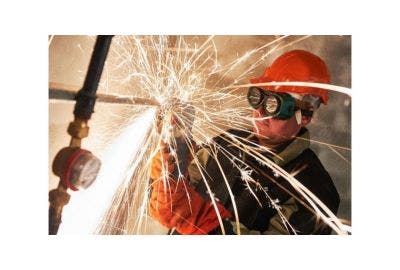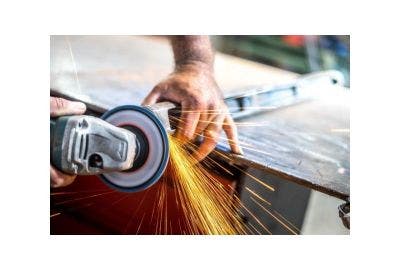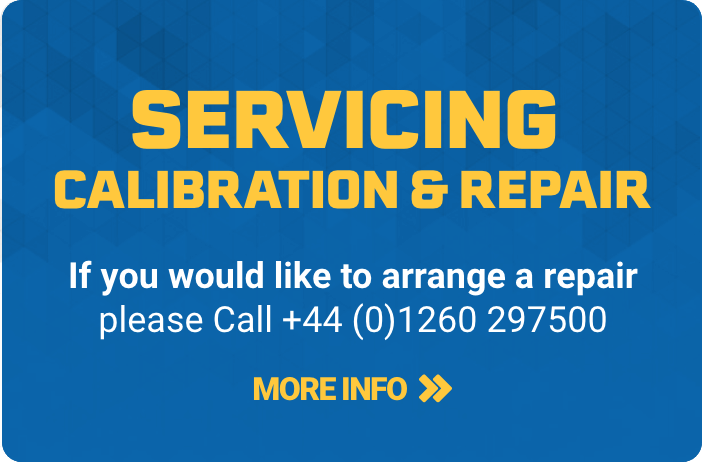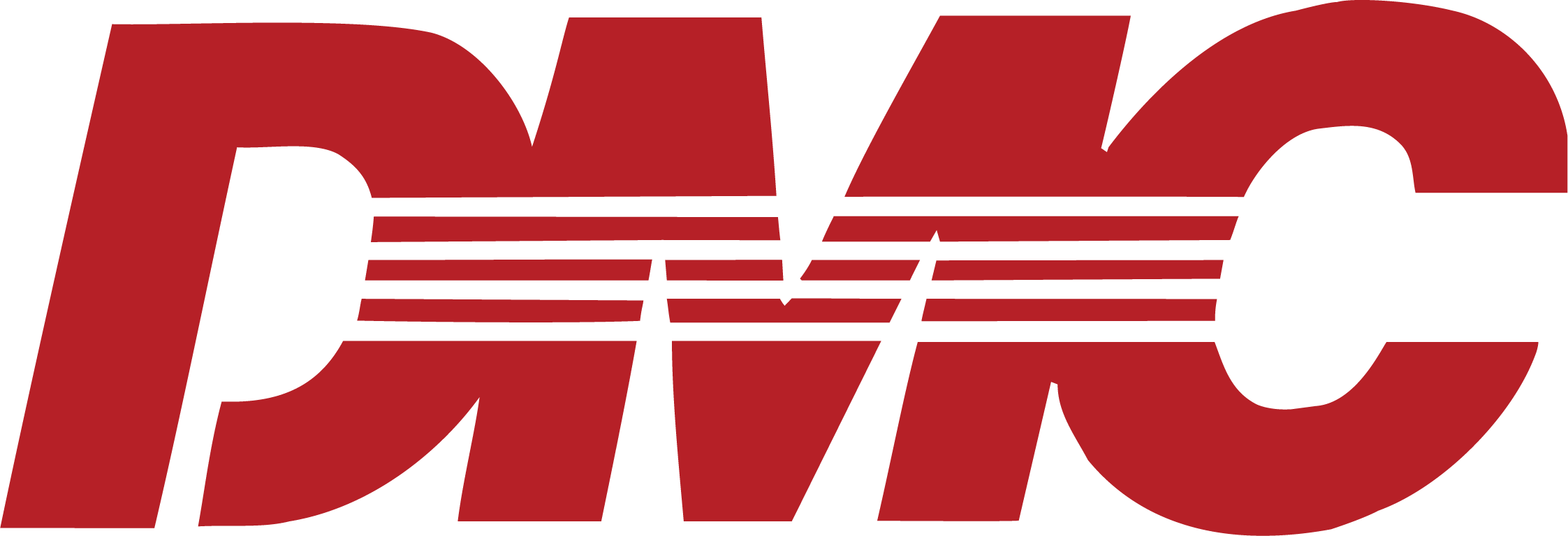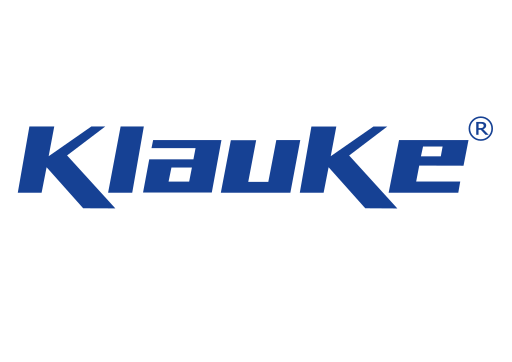In industries where power tools are the backbone, safety is non-negotiable. For example, abrasive power tools are indispensable to complete various tasks, but they also come with serious risks when you disregard safety, potentially leading to accidents and injuries.
This article highlights the vital importance of safety for employees and DIY enthusiasts alike when working with abrasive power tools, such as sanders, polishers, and buffers. We have included five essential health and safety tips to ensure electrical power tool safety.
1. Select the Correct Protective Gear

When using a power tool, it’s essential to wear appropriate Personal Protective Equipment (PPE) according to the task you’re undertaking.
Below is a list of PPE to consider when working with abrasive power tools:
Safety Goggles
Safety glasses help to protect your eyes from debris and sparks.
At Heamar, our protective goggles have clear anti-fog and scratch-resistant lenses and come with a microfibre bag, which you can also use to clean your glasses.
If using a sander to smooth wood, safety goggles will help protect your eyes from dust.
Ear Protection
For some tasks, you may need to consider ear protection, such as earmuffs or earplugs, to reduce the risk of ear damage.
Gloves
Protective gloves are also helpful when completing specific tasks, giving you a better grip and shielding your hands from cuts, abrasions, and burns.
Mask
A dust mask will reduce the amount of dust you inhale, decreasing any health complications. We’ll cover more on this topic later in this article.
Also, consider wearing a mask when working with metal; polishing or buffing metal will create dust or even paint fumes, depending on the task you’re using them for.
2. Regularly Inspect Abrasive Power Tools for Damage

Thorough inspection helps you spot wear, tear, or malfunctioning components before they escalate into significant issues.
For example, you may need to replace the sanding pads on your sanding tool, depending on what you use the tool for and how often.
Other popular types of abrasive tools are polishing and buffer tools.
Used to even out perfections in metal or restore paint, a polishing tool requires polishing pads, which you will need to replace often if you use the device daily.
Below is a more in-depth look at just a few of the reasons why inspections are essential:
- Identifying damage early prevents accidents. A malfunctioning tool can lead to severe injuries, but spotting the issue beforehand allows for timely repairs or replacements.
- A well-maintained tool operates efficiently, saving you time and effort on the job. Therefore, regular inspections help maintain peak performance.
- Promptly addressing problems can extend the life of your tool, saving you money in the long run.
- Damaged tools are more prone to kickbacks, which jerk uncontrollably, resulting in loss of control and serious injury.
- Malfunctioning tools can send debris flying, endangering both the user and bystanders.
- Tools in disrepair can lead to botched tasks, requiring rework or potentially damaging materials.
The above issues make regular inspections critical and necessitate adequate tool storage.
Storing your tools properly will reduce the likelihood of them collecting dust or grease. Additionally, keeping your tools in a case or box will expose them less to other external elements, such as temperature fluctuations and moisture.
From bags to trolleys and boxes to cases, various tool storage options are available to help you safely and securely store your tools in multiple environments.
3. Adhere to Safe Tool Operation Practices

Operating abrasive power tools safely is more than a routine; it's a vital skill to ensure optimum safety and performance.
Below are some key practices to follow when using power tools like sanders and buffers:
Firm Grip
Learn to hold your tool securely to prevent accidents. Use appropriate force to maintain grip and control of your power tool; however, avoid unnecessary force as this will quickly cause fatigue.
Hand and power tool safety will also help you to achieve optimum results.
Proper Positioning
Adopt the correct stances for different tools to maximise safety. Ensure good footing and balance, and use vices or clamps to secure what you're working on.
Distraction Avoidance
Stay focused on your task to reduce risks. Minimise distractions and take breaks to ensure optimum attention levels when working with your power tool.
As well as following the above to mitigate risks of accidents or poor results, also carefully read the tool’s manual and manufacturer recommendations.
Mastering these practices isn't just about safety; it boosts efficiency, reduces downtime, and enhances tool longevity.
4. Keep a Clear Working Environment
A clutter-free workspace contributes towards a safe work environment, helping to reduce activities and boost productivity.
As mentioned, appropriate storage is advisable to increase the longevity of your power tool, but tool storage also ensures equipment and accessories are kept organised.
When you keep your work area tidy, you’ll maximise manoeuvring space, making it easier to perform your task and reducing the chance of accidents.
Furthermore, a clutter-free workspace will increase efficiency, leading to a faster output.
5. Install a Fume Extraction System

People can often overlook the health problems associated with abrasive power tools, such as dust and fume exposure, but, as mentioned, it is something to consider when sanding, polishing, or buffing.
Regularly working with abrasive power tools will increase your chances of breathing in dust and other substances, which, over a long period of time, will result in reduced lung function and contribute to disorders such as chronic bronchitis.
So, to minimise exposure when sanding, polishing, or buffing, ensure adequate ventilation in your workspace.
Also, consider using power tools that are designed to mitigate dust.
For example, at Heamar, our Mirka Air Sander with Dust Bag has a central vacuum, allowing maximum dust extraction. Additionally, this tool has a large dust-collecting capacity.
For any other power tools you use, our Mirka Dust Extractor has a 250 mbar vacuum, enabling it to extract dust with minimal noise while you work.
You should now have a good understanding of abrasive power tool safety to help minimise accidents in your workplace.
Furthermore, by following our tips when using power tools, you’ll improve efficiency, output, and overall productivity.
If you require a tool to smooth down surfaces, Heamar supplies various sanding and polishing tools, making it easy to choose the right one for your job.



